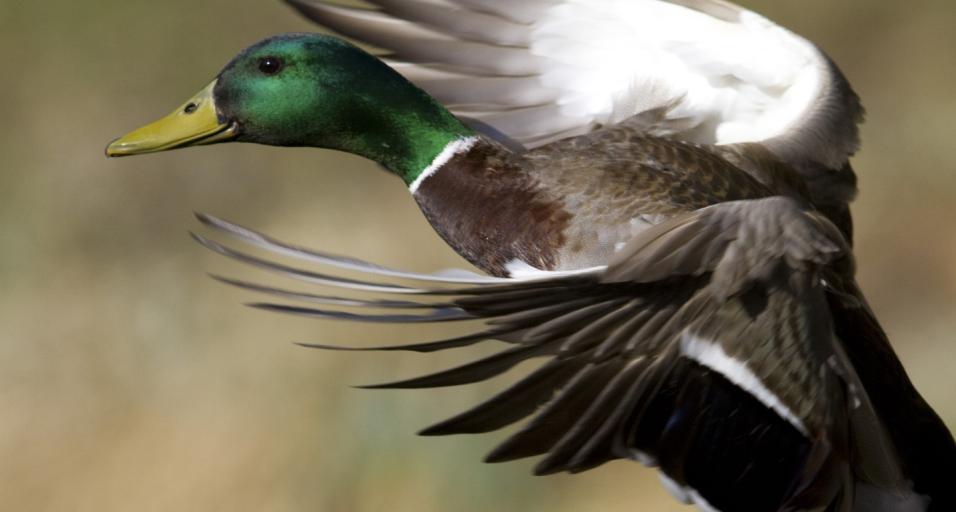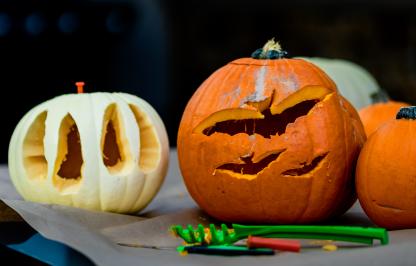Each January the Wyoming Game and Fish Department surveys waterfowl throughout much of the Central Flyway in Wyoming. The survey is a coordinated effort between state and federal agencies to estimate duck, goose, and swan populations across the country. The mid-winter waterfowl survey tracks changes in distribution and number of wintering waterfowl and is a primary method used to monitor arctic nesting species that breed in remote locations.
A total of 67,357 waterfowl were counted in Wyoming during the 2017 survey. This is roughly the same number observed in 2016, but lower than the long-term average. Weather seems to have affected the numbers of waterfowl in Wyoming again.
“A cold and snowy December led to reduced waterfowl numbers once again being observed during the 2017 mid-winter survey. Montana experienced similar conditions and both states sent many birds south seeking less snow,” said Nate Huck, Game and Fish migratory game bird biologist.
Once again the largest concentration of waterfowl was along a four mile stretch of the North Platte River near Lingle. Nearly 15,000 Canada geese and 4,000 mallards were counted. This stretch accounted for about half the Canada geese, and nearly all the mallards observed in Goshen County. Canada goose numbers across the state were the highest seen in the past three years.
“Mallard numbers were the lowest seen during the survey in the last five years. While the numbers were once again low, I spoke with many hunters who saw bird numbers increase during mid-to-late January when conditions became more mild. There wasn’t much time at the end of duck season for ducks to return to the state when the weather became more mild, but the goose season ended with many birds around,” said Huck.
The mid-winter waterfowl survey is one of the longest running coordinated waterfowl surveys in the U.S. and has been operational since 1935.
Wyoming Game and Fish conducts annual mid-winter waterfowl survey
Wyoming Game and Fish (307) 777-4600



